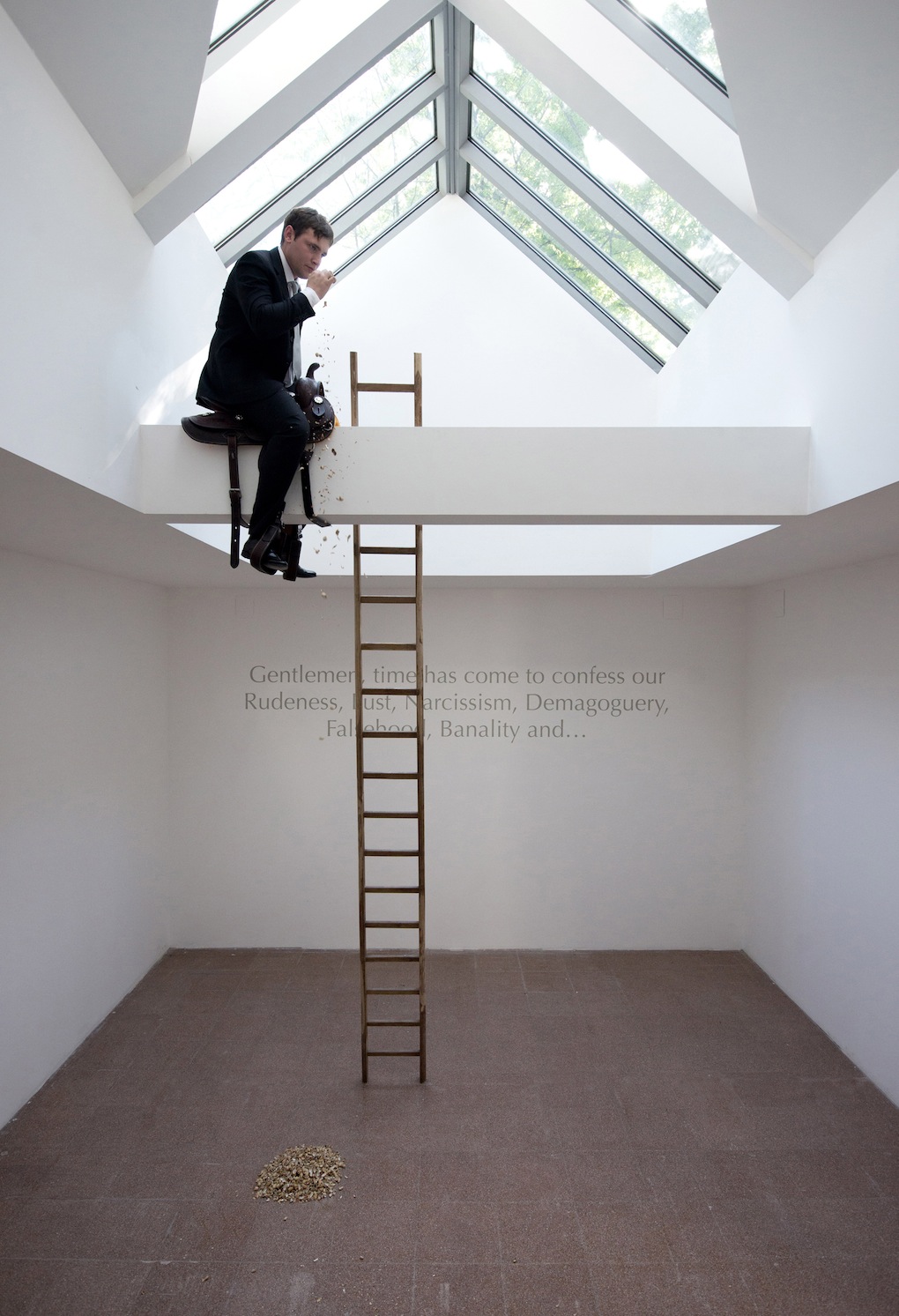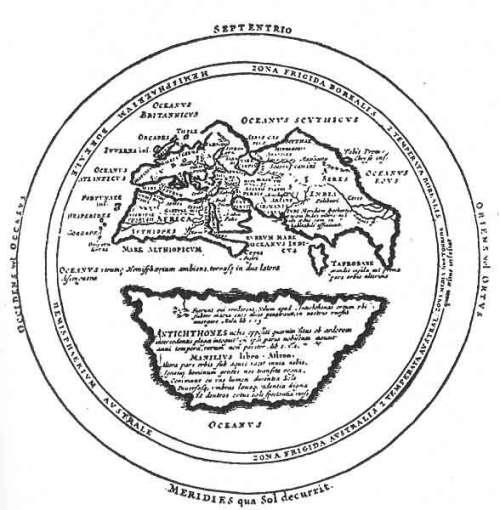
Meiro Koizumi
Prometheus Bound
In Greek Mythology, Prometheus stole fire (technology) from Zeus and gave it to humans, and for this, he got crucified on a mountaintop, and had to endure the eternal pain as a punishment. Since the beginning of our civilization, technology has been the source of prosperity and development. But also it has been the cause of great tragedies such as war sand nuclear accidents. Setting the Aeschylus Greek tragedy “Prometheus Bound” as a starting point, Koizumi created VR (Virtual Reality) theater which deals with this age-old tension between humanity and technology, through collaboration with a person who is desperately longing for the technological advancement – a person who is suffering from ALS (Amyotrophic Lateral Sclerosis- the deadly neurological disease that make a person paralyzed). Through the dialogues with the man about his personal life and his visions of the future, they created a sci-fi vision in which past and future, self and others, humans and machines are all merged into one sequence of abstract VR theatrical experience.



